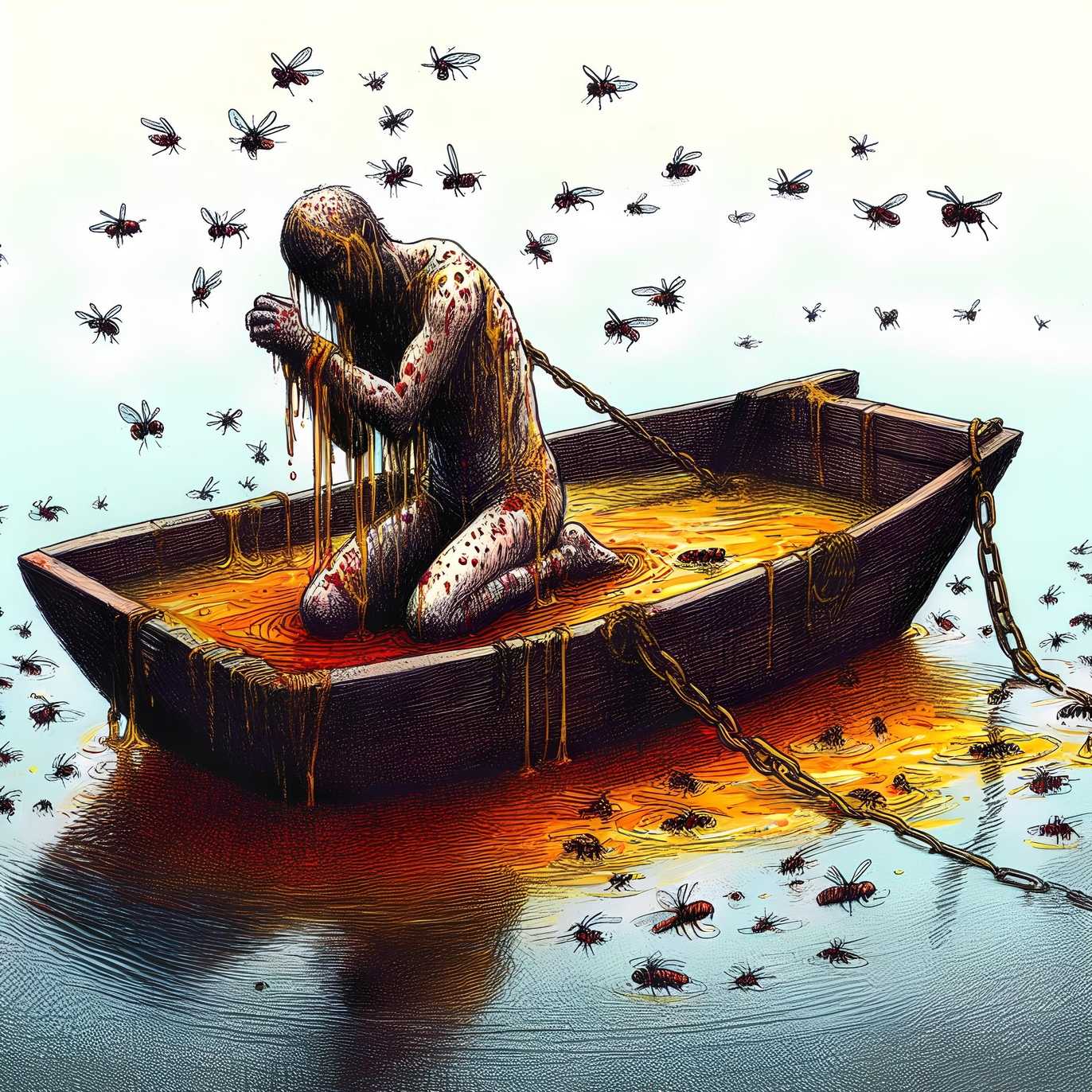Scaphism: The Gruesome Ancient Torture Method
Scaphism, also known as "the boats," is an ancient method of execution and torture. It involves placing the victim between two boats or hollowed-out tree trunks and forcing them to ingest a mixture of milk and honey.


